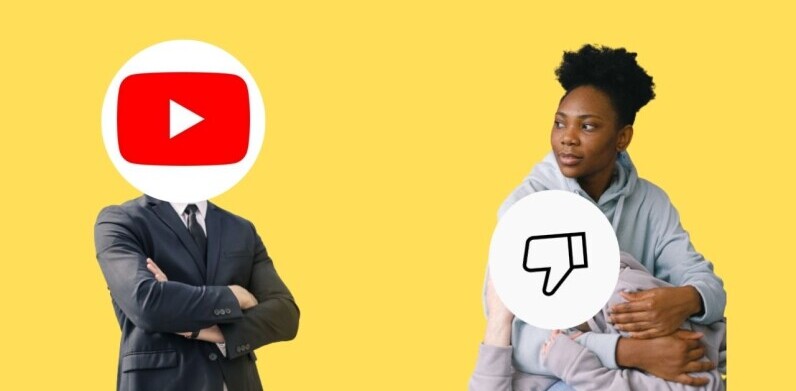
YouTube’s Original Channels program has jumped into Asia after channels from 13 producers began to go live in Japan today, according to a post on the YouTube Japan blog.
The company has tied up deals with the content partners, each of which will regularly publish videos for their channel, which can be viewed online and through a range of devices (important in Japan). Like those in the US and Europe — where Channels were introduced October — Japanese partners will receive a funding advance on advertising revenues to help invest in content creation, but YouTube isn’t revealing just how much that is.
Five of the channels are already online, but others will be “rolling out over the next few months into 2013”, according to a spokesperson.
The Japanese launch partners include TV station Fuji TV — which has a collection of 5 channels — TBS — which has a channel based on its popular late-night show Joshiana no Batsu — and Vicom. Other partners will include Crypton Future Media — the company behind the virtual idol and vocaloid software Hatsune Miku — which is launching a channel soon.
Of course, YouTube isn’t just about big brand entertainment and Japanese model Kyary Pamyu Pamyu — who is behind “PONPONPON”, a music video that was well received in Japan — has a channel about the street fashion of Tokyo’s hip Harajuku district.
Interestingly, Pamyu’s channel is one that will include English subtitles on all videos, and therein lies one of the big aims of the internationalizing of YouTube’s content initiative, providing a global platform for artists and entertainers.
YouTube played a (if not THE) key role in making Psy and his Gangnam Style video the international smash that it has become — indeed it is YouTube’s most played video ever — and the company is optimistic that it can build on that.
So while Channels will help YouTube push itself as a center for unique programming in Japan, the second prong of the move is to give artists in Japan (and other countries in due course) an outlet to reach international audiences and grow their brands through the of the Web.
YouTube confirms that the Japanese Channel content will be global. We know that Japanese (and Korean) music is popular across Asia (and even the Middle East) already, but it will be interesting to see how popular the channels become in the US, Europe and other regions.
“We’d be really happy if we can connect fans overseas to this Japanese content,” the YouTube spokesman explains.
It hasn’t been plain-sailing for YouTube initiative since the company attracted much attention it revealed that its second wave of funding would see 60 percent of its first content partners lose out on the upfront payments. While it is slimming down in the US, the program is kicking up its expansion gears.
YouTube isn’t spilling details on which countries will be next for the Channels program, but the spokesperson hinted that Korea, India and other markets with traction, could be on the radar:
It’s too early to say at this point [which countries will be next], but I think it’s worth mentioning that we have pretty good traction in Korea and India already with lots of TV channels placing their shows on YouTube after airing on TV. And on top of that, a lot of homegrown YouTube Partner Program creators with loyal followings. That’s to say, we already have lots of great channels in Japan, Korea, India, and elsewhere where people come back to again and again, on regular schedules.
YouTube isn’t the only platform for global content and one of Asia’s own startups — video site Viki — operates on that very premise, specializing in anime and other unique content from across Asia and the world.
Despite deals with Renren, ‘China’s Facebook, Microsoft’s MSN portal and others, Viki has far less reach that YouTube (that’s the same for almost any other site) but its content — which includes crowdsourced subtitles — is also used by Hulu, YouTube and other partners.
Related: Korea’s K-Pop music industry joins Facebook and Google+ to extend global reach
Image via Rego Korosi / Flickr
Get the TNW newsletter
Get the most important tech news in your inbox each week.





